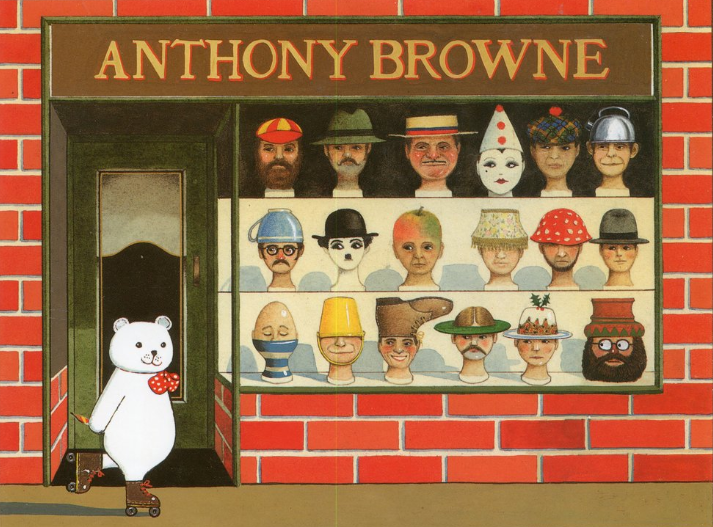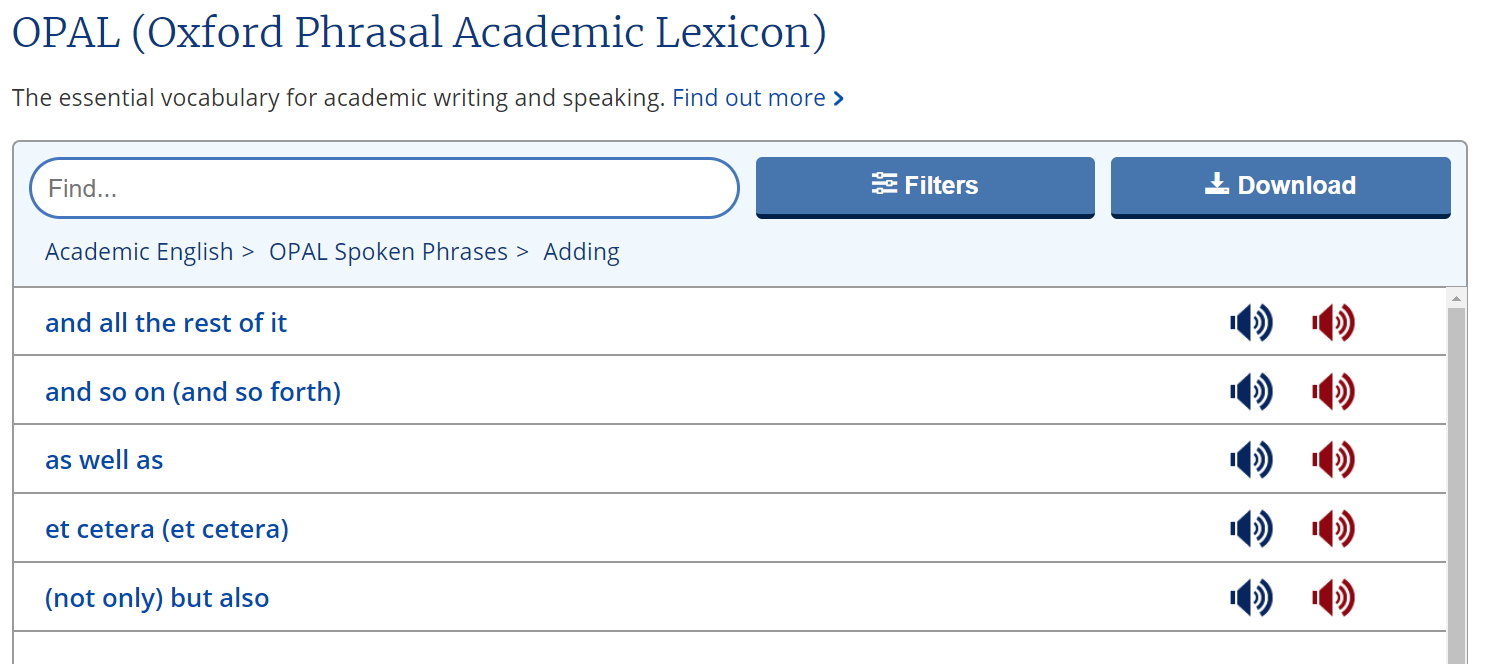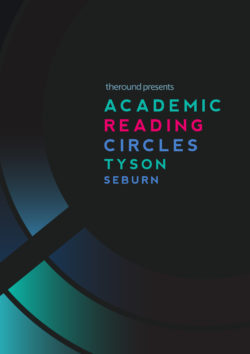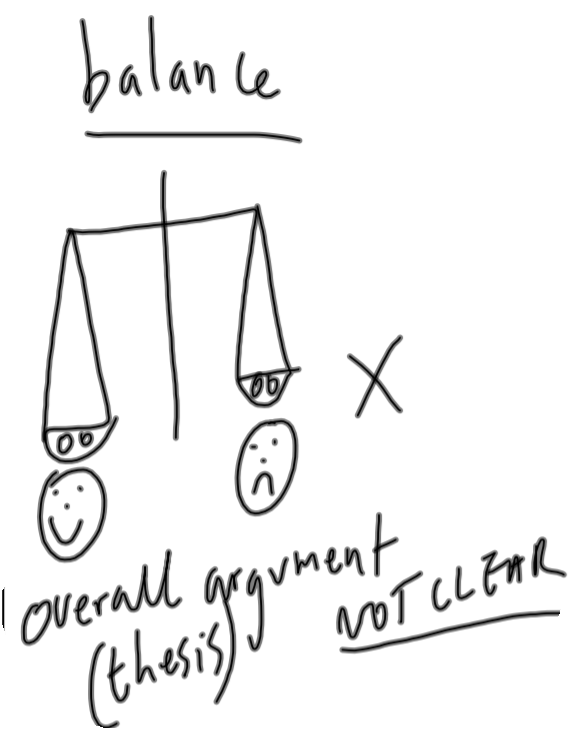This is a personal reflection on the biennial BALEAP Conference held at the University of Warwick on 19-21 April 2023 (conference website here). Compared to my previous face to face conference in 2019, I felt the threads between sessions and speakers much more. Maybe this was my own growing interest and familiarity with the EAP field helping me pick my way more purposely through the conference schedule.
Conference thread: understanding disciplinary practices
One thread that connects closely to my PhD focus is our increasingly attempts in EAP to understand disciplinary practices.
The STEM SIG’s session on the first day shared accounts of how 3 teachers in different institutions have developed sophisticated knowledge of disciplinary practices. For each teacher, this has taken place over years of observation, reflection and collaboration and seems to be in a continual state of change. They shared the messy and unexpected routes to developing knowledge in EAP, the importance of collaboration with others as well as drawing on our own academic background (as support or as a point of contrast). Over time they have each developed close relationships with departments and, while each teacher’s approach was different, they shared a common curiosity towards understanding disciplinary knowledge practices through dialogue, observation, theorising and professional judgment – they didn’t take anything for granted. This thread continued with Jeni Driscoll’s talk on how collaborations with subject teachers in Physics and Dentistry led to her taking on unexpected new roles – as teacher trainer, materials scrutinizer and co-presenter, among others. She did this by working within frameworks suggested by the departments rather than sticking with a predefined EAP model determined by workload allocation spreadsheets. In her talk I felt a stretching/blurring/breaking of the boundaries of EAP activity – combing learning development, academic development and language development.
Alex Ding and Ian Bruce addressed boundaries for EAP from a more theoretical perspective. Picking up from where their 2017 book left off, they used Ferguson’s three elements of analysing disciplinary knowledge – considering the cultures, discourses and epistemologies – as a way to ‘silo bust’ (using their talk’s title) away from fragmented approaches in EAP towards a “comprehensive operationalisation of disciplinary academic language”. Their working model aims to consider how we can explore this knowledge in relation to the structures in which EAP is involved, e.g., disciplinary, institutional, economic, political. I think their point is that these are all inter-connected and mutually shaping, including what we come to think of as EAP, e.g., the genres we focus on, what we consider to be salient elements of those genres, the roles we take on in and outside of class, the pedagogies we use, even our understanding of the overall purpose of EAP in relation to the purpose of institutions. ‘Silo busting’ as I see it is a challenge to try to expand EAP from what Bruce has recently called “a relatively successful but pragmatic and outcomes-focused area of instructional activity and research inquiry… to address some fundamental theoretical issues relating to knowledge and knowledge-building” (2022: 127).
Focusing on Ferguson’s epistemological knowledge area, Bruce’s second talk illustrated a top-down analysis of how different research paradigms (in this case positivist and interpretivist) within the discipline of Communication Studies affect the structuring of research articles in that field. So, in this case he was using epistemological analysis to guide discourse analysis which I suppose could then be recontextualised for students – they could consider what kind of paradigm their own research is working within and how that may impact their own writing. This could be expanded to include analysis of the disciplinary and institutional cultures to give further insights into the purposes and effects of different linguistic choices. His point (and I think a goal of the longer-term project with Ding) is that this kind of conceptual knowledge can give us an overarching understanding of how and why language works in the academy and allows us to make more informed decisions about how and why to do EAP.
How these areas can be investigated by practitioners to me seems to be an important question – developing this kind of knowledge and analytical ability alongside the pedagogic knowledge to teach it is a mammoth task for a teacher to do alone. One approach might be for collaboration between practitioners – some of the SIGs seem to be doing this very productively, e.g., STEM and Creative Arts to name a few. The recent BALEAP ResTES series has also run more theoretically oriented sessions aimed at practitioners, which offer a way in to theoretical traditions that are less commonly covered in MAs or DELTAs and may help to developed a shared theoretical language. In addition to these, I wonder if an Epistemology SIG or Social Theory SIG might contribute something – with EAP practitioners collectively developing and sharing knowledge of research methods to explore disciplinary language from a range of methodologies which can then be integrated to give us a more rounded picture of what is going on. I think one big advantage this could offer is time, how much of the hard-won knowledge of disciplinary practices gained through teaching could be arrived more quickly through top-down analysis and how could knowledge gained through teaching then inform the top-down analysis? How could effective practice in one institution be explained through a shared theoretical framework and used as inspiration for others? In the Q&A for the Silo Busting talk, Ian suggested practitioners develop knowledge of epistemologies by reading research methodologies texts that focus on epistemology and research paradigms. I’ve found the Words Matter qualitative research podcast series very helpful. Shortly after the conference Alex Ding posted this thread of books which have informed their work. While individual practitioner development is essential, a collective approach seems to be the only way that such an ambition could be achieved.
Julia Molinari and Amanda French’s session on troubling academic writing unsettled attempts at aiming for a comprehensive anything – they shared their separate research into academic writing, pointing out its trouble: the paradoxical relationship between the huge power that writing has in HE and the paucity of knowledge about writing that underpins this power, between universities’ policies of diversity sitting next to normative (anti-diversity?) policies towards writing practices. How do we feel about this? What is our role in this? This trouble prompted a passionate discussion amongst the attendees, with some observing that students don’t have time for such troubling and need to know the “rules of the game”, e.g., the passive voice in methods sections and the IMRAD genre structure. Others pointed out the diversity of academic communication requiring flexibility rather than rule adherence or the social justice imperative of diversifying knowledge communication between different groups in society (is IMRAD always the best way to exchange knowledge?). Implications for Molinari and French’s arguments can seem banal, batted away with ‘that’s what we already do’, or ‘that’s pie in the sky?’ – but I get the feeling this is because they question some of the roots on which EAP (and academic writing more broadly) is based and suggest that there may be other starting points for what we do.
How does this connect to the thread of developing knowledge of disciplinary practices in the other talks mentioned above? I think all of them are calling for a more nuanced understanding of disciplinary practices that is based on a theoretical underpinning, rather than assumptions or stereotypes.
The conference organisation
Corporate sponsorship can sometimes shift the focus of a conference from knowledge and community building to an extended sales pitch, and this conference mostly managed to avoid this (or at least make it easy for participants to avoid) except for an unexpected pre-dinner speech courtesy of Duolingo. In return for providing the wine for each table and with a captive audience of hungry EAP practitioners, we were told that the only people really trying to change the world were Silicon Valley entrepreneurs and that the Duolingo test is the answer to all of the inequalities we see in education because… it’s cheaper than “the other tests”. The role of language tests in immigration control or the many issues of Duolingo’s construct validity were overlooked and instead we were invited to their HQ in Pittsburgh to “be convinced” that Duolingo is the answer. It was neither the time not the place for this – many at the tables could have engaged in a critical discussion about this at a different point of the conference but no-one was willing to further delay 200+ people waiting to eat. Was it worth the free wine?
Aside from this, the affordances for dialogue at this conference were great. This was in many ways facilitated by the structure: 40-minute breaks after back-to-back sessions, the traditional paper format gave an equal amount of time for monologue and discussion (20mins:20mins) while the other formats – panel discussion, ‘what if?’, Room 101, community sessions and world cafés were often allotted an hour in the schedule, allowing even more time for discussion that went beyond superficial or rushed exchanges. A memorable illustration of this ethos was during the final ‘plenary’ where we were asked to reflect on the conference: awkward silence, embarrassed jokes, some comments about our marginalisation in HE… quite a downhearted way to end a conference, then Bee Bond took the mic: marginalisation is not an excuse for inaction, it’s a call to action, to scholarship, to knowledge – others then picked up this theme and the conference ended on a more positive, hopeful, powerful note, and one generated from within the community rather than a plenary speaker. This interjection inspired me to think of that plenary as a microcosm of all those meetings and conversations we have in universities when we hear language, students and teachers talked about in ways that we do not recognise and see that we can change those conversations to reflect what we think is right. We can use the great work that our community is doing (showcased in the sessions and discussions at the conference) to support this:
“Operating at the margins of academia is not without advantages. In a sense, this enables a certain freedom to define what we collectively and individually wish to commit to in our praxis, establish what our values are, begin to define what sort of academic identities we can strive for and then begin the collective task of reducing the gap from the real to the ideal.” (Ding and Bruce, 2017: 207)
You may also be interested in Fiona Price’s account of her conference experience on her blog: https://fionaljp800490415.wordpress.com/2023/04/29/day-1-at-baleap-caution-eap-under-deconstruction/

(from: https://ew.com/tv/2018/10/19/the-simpsons-homer-cubed-treehouse-of-horror-vi/)














 Anthony Browne’s Gorilla
Anthony Browne’s Gorilla My students are mid-way through an reading-into-writing EAP course. They’ve read a bunch of texts and need to use the ideas in these texts to support their arguments when answering a ‘…to what extend do you agree?’ (TWEDYA) essay question of around 1000 words.
My students are mid-way through an reading-into-writing EAP course. They’ve read a bunch of texts and need to use the ideas in these texts to support their arguments when answering a ‘…to what extend do you agree?’ (TWEDYA) essay question of around 1000 words.





 As a new teacher I used to imagine that in every school there met a sacred group of ‘teaching experts’, who debated why, what and how to teach. They drew on a wide and critical reading of current research triangulated with both a sensitive understanding of the local context and extensive reflective teaching practice. I thought coursebooks, methodology books, conferences etc. were developed this way, too.
As a new teacher I used to imagine that in every school there met a sacred group of ‘teaching experts’, who debated why, what and how to teach. They drew on a wide and critical reading of current research triangulated with both a sensitive understanding of the local context and extensive reflective teaching practice. I thought coursebooks, methodology books, conferences etc. were developed this way, too.